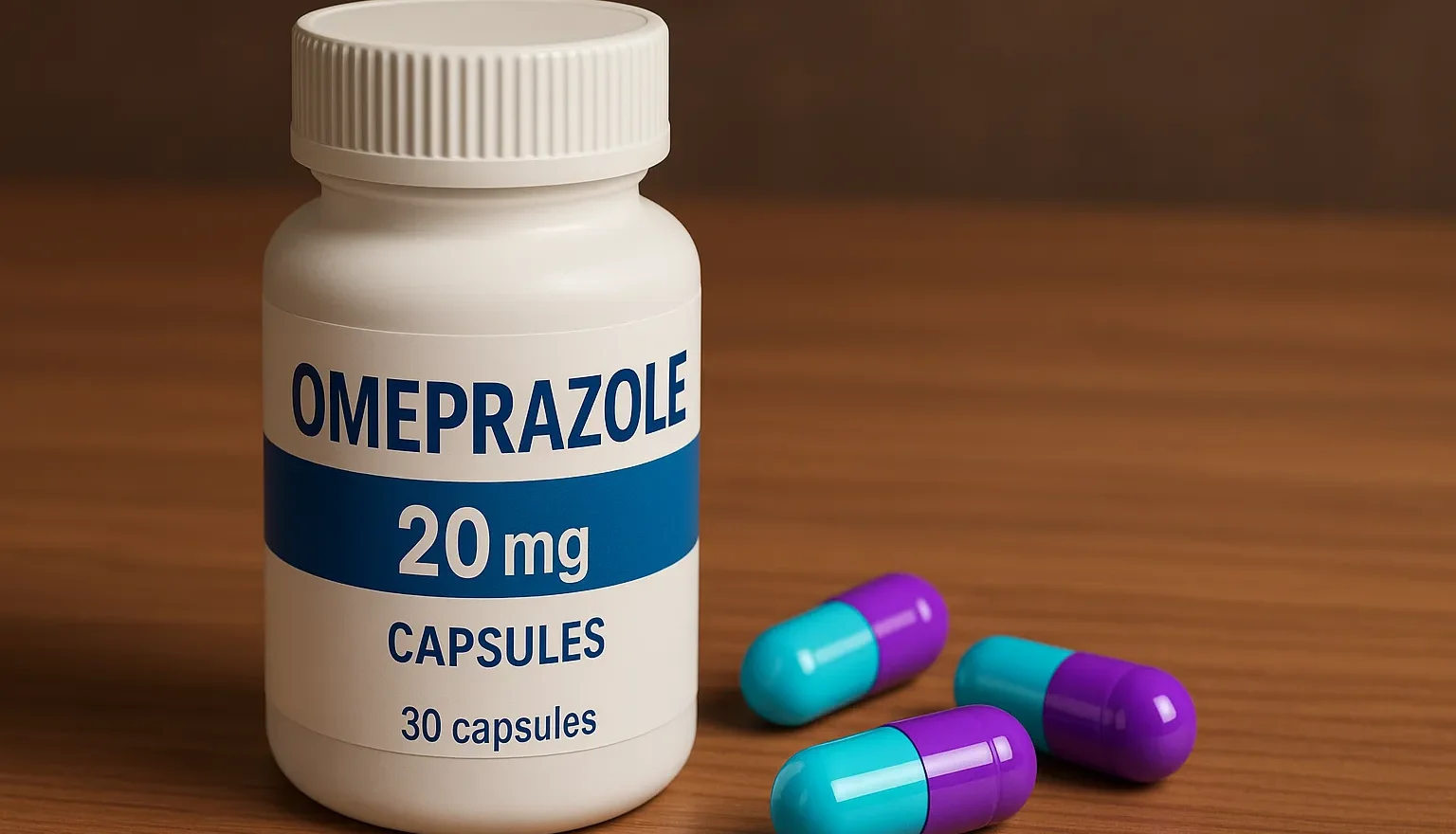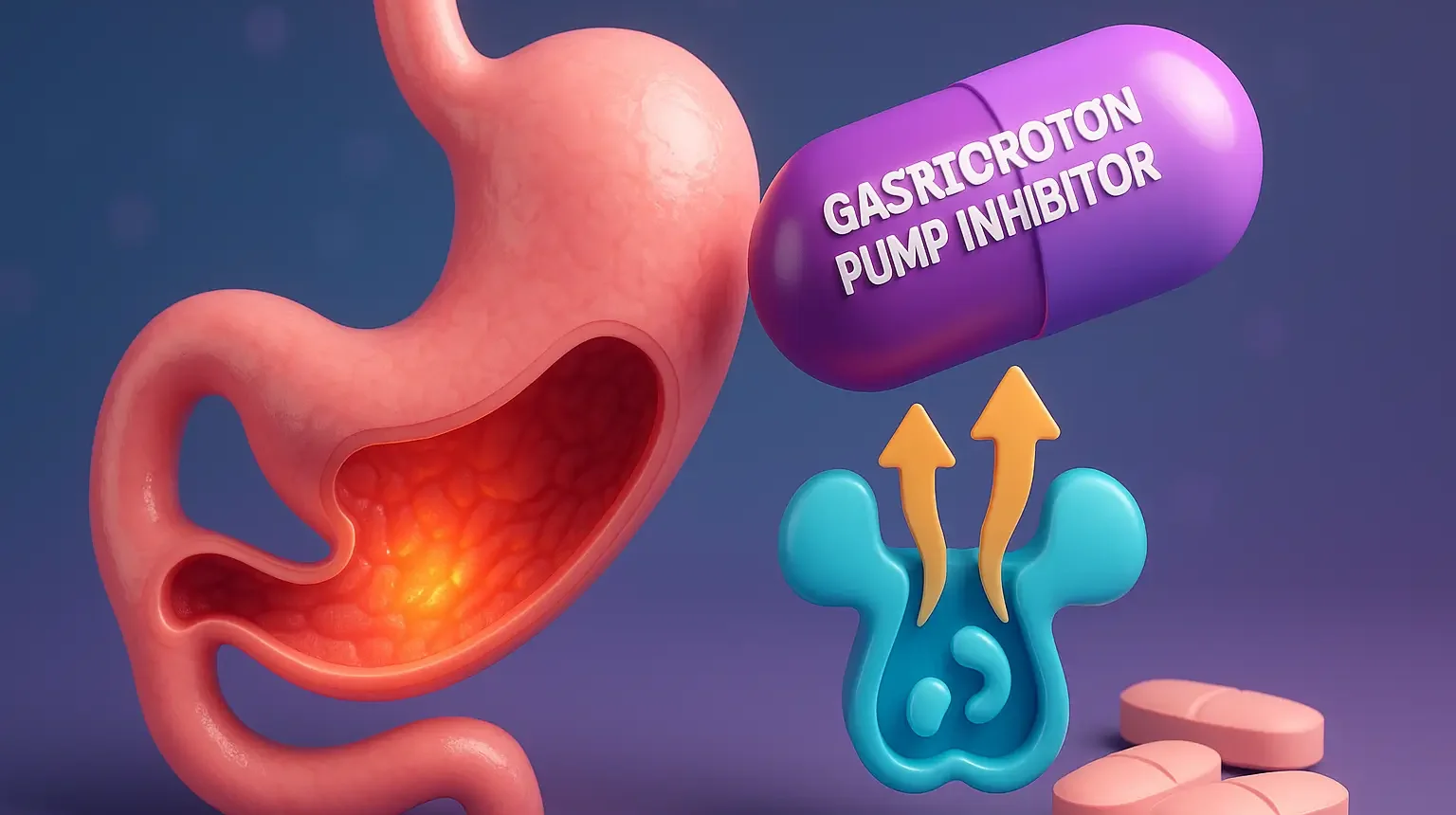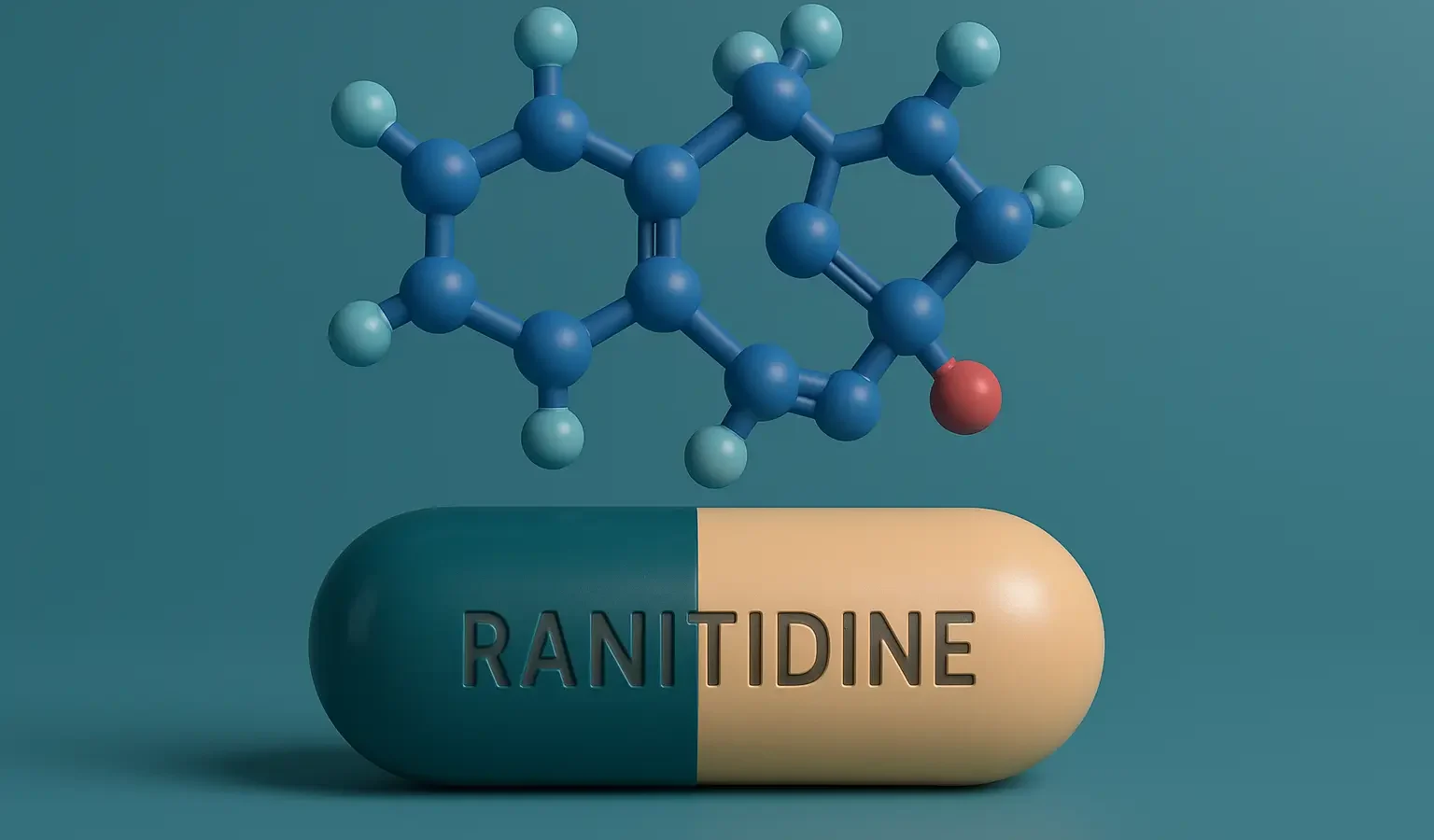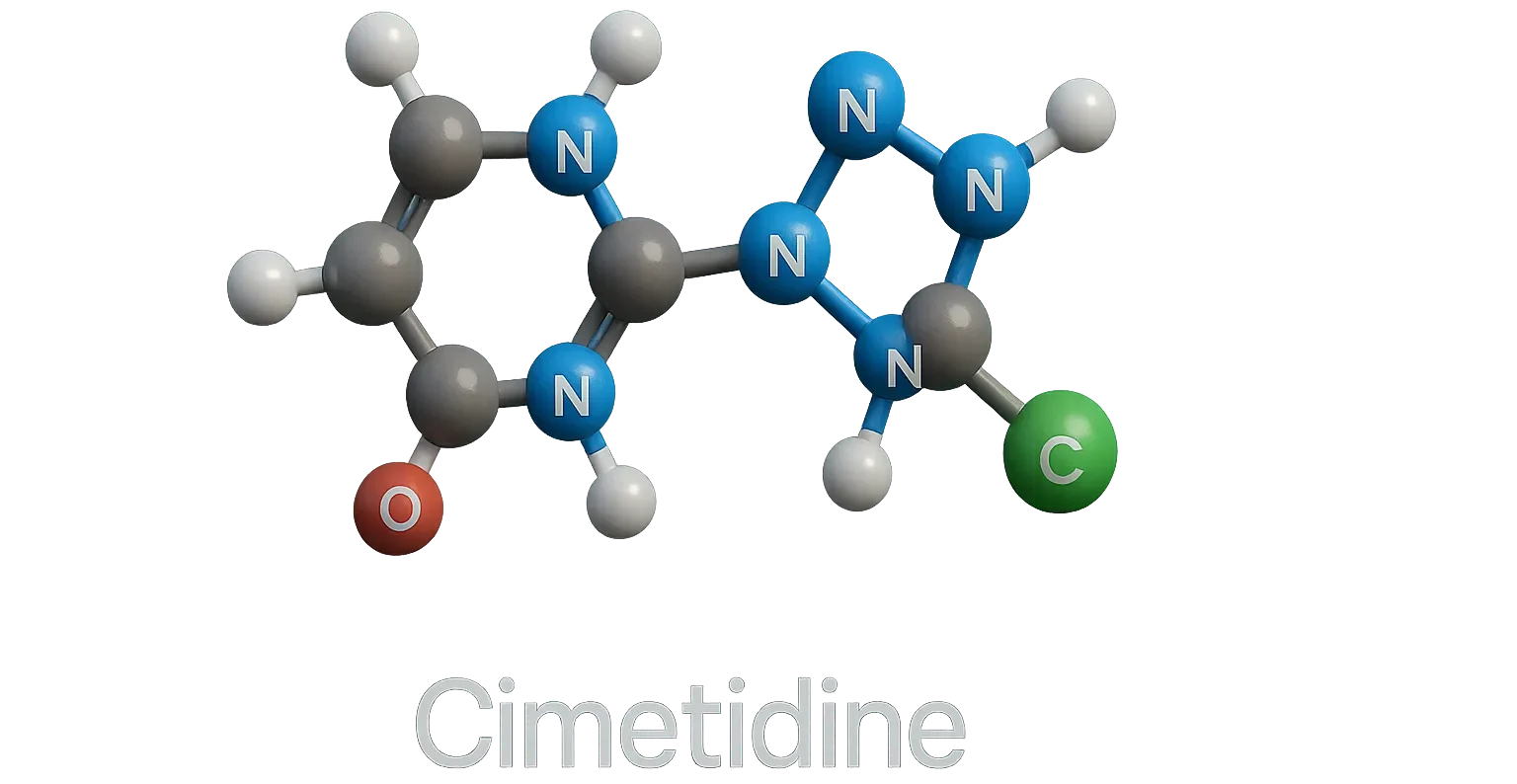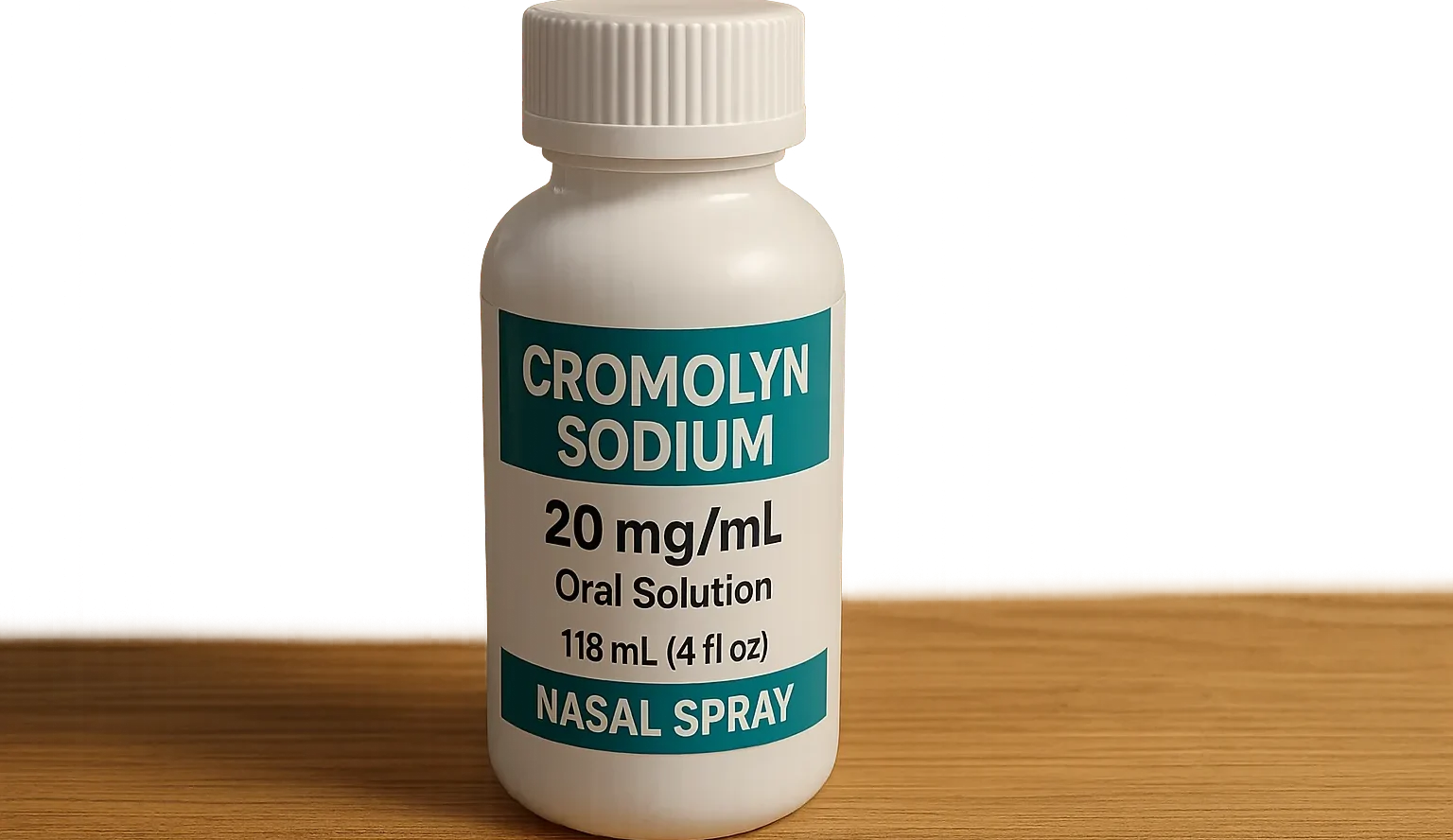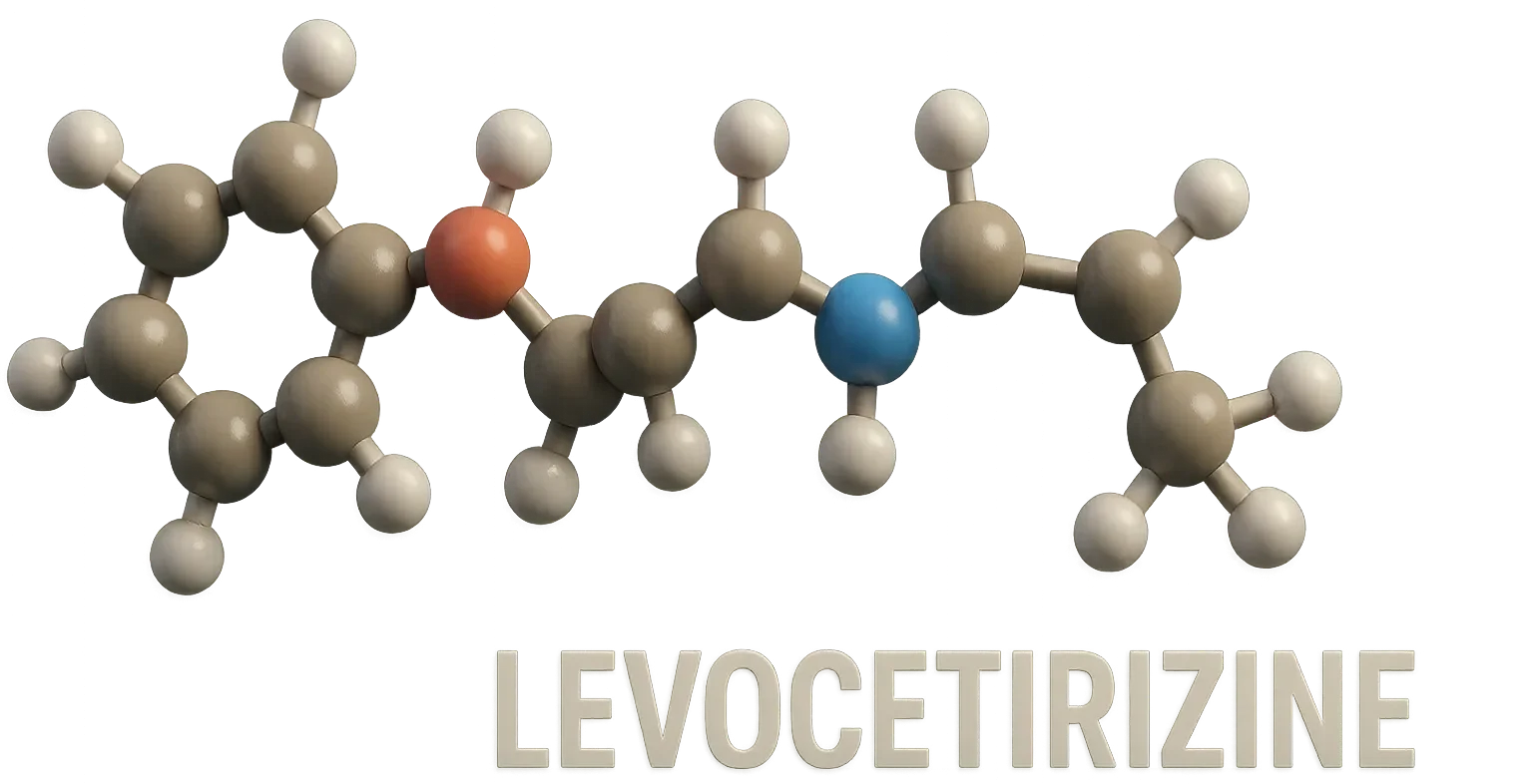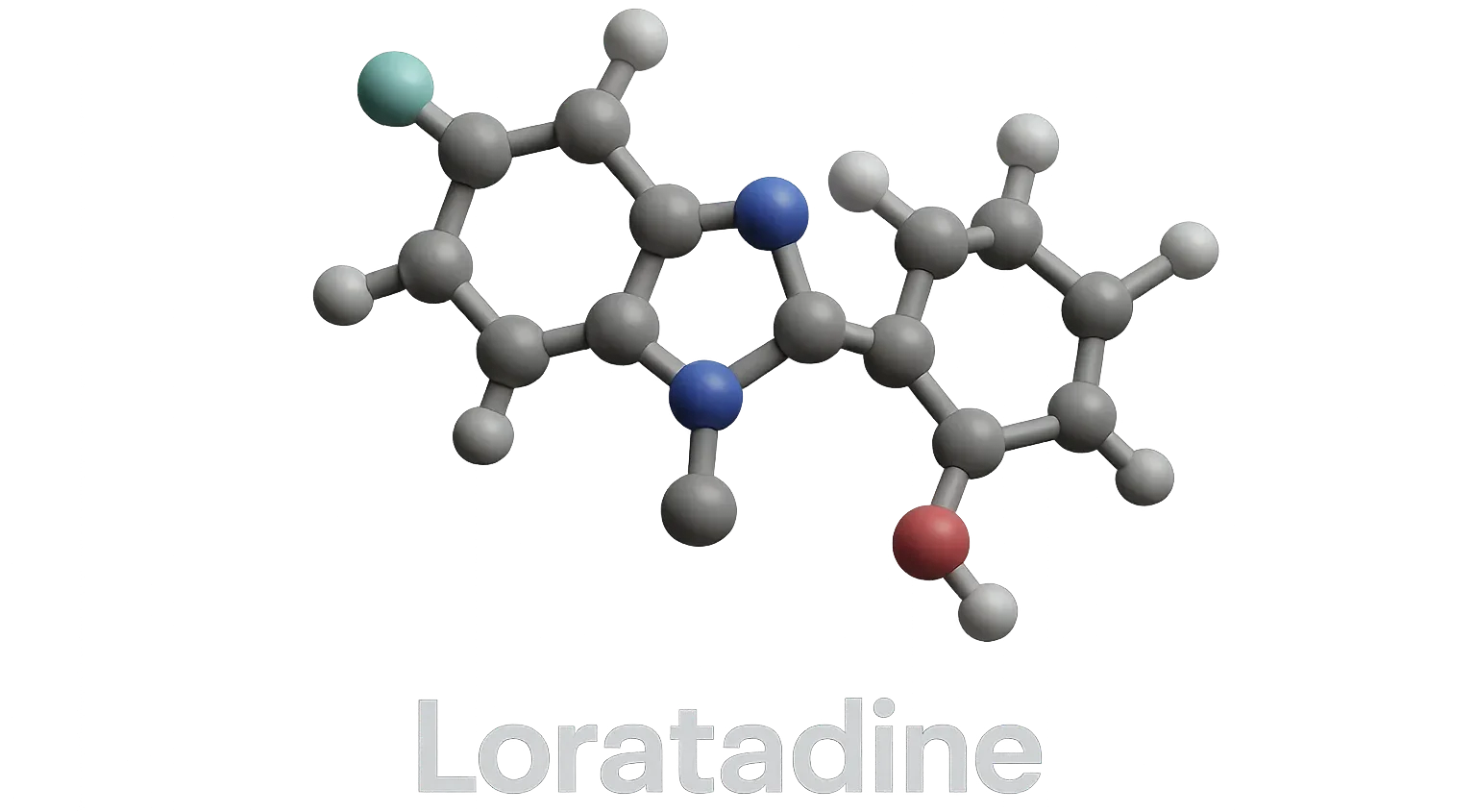Omeprazole
Omeprazole is a proton pump inhibitor (PPI) used to treat acid reflux, ulcers, and GERD by blocking gastric acid production. Structure of Omeprazole It is a benzimidazole derivative characterized by a pyridine ring fused to a benzimidazole structure with a sulfoxide group and a methoxy group. Chemical Formula: C₁₉H₁₉N₃O₃S Mode of Action Omeprazole is a … Read more

